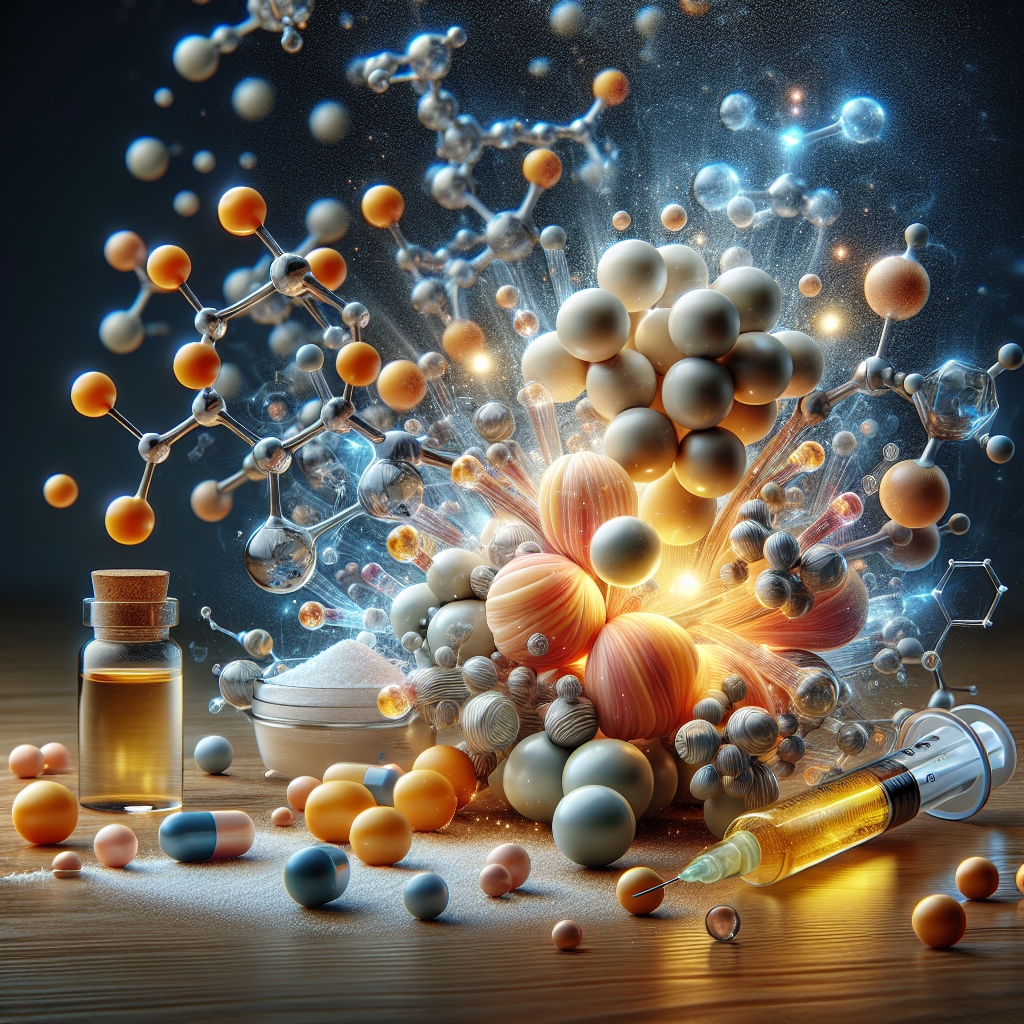In the realm of medical imaging, contrast agents play a pivotal role in enhancing the visibility of internal structures, thereby aiding in accurate diagnosis. Among these agents, gadolinium-based contrasts are widely used in magnetic resonance imaging (MRI) to improve the clarity and detail of the images. However, there’s often confusion and curiosity about the composition of these contrast agents, especially regarding the presence of elements like iodine, which is commonly associated with other types of contrast media used in radiography. This article delves into the composition of gadolinium contrast agents, explores the role of iodine in contrast media, and discusses the implications of these substances on health and imaging practices.
Understanding Gadolinium Contrast Agents
Gadolinium contrast agents are a group of substances used in MRI scans to enhance the quality of the images obtained. Gadolinium is a rare earth metal that possesses magnetic properties, making it particularly useful in MRI, a technique that relies on magnetic fields and radio waves to generate images of organs and tissues within the body. When injected into the body, gadolinium-based contrast agents improve the contrast between different tissues, making it easier to identify abnormalities such as tumors, inflammation, or blood vessel diseases.
The structure of gadolinium contrast agents involves the gadolinium ion (Gd3+) being chelated, or bound, to an organic molecule. This chelation process is crucial as it significantly reduces the toxicity of the gadolinium ion while maintaining its effectiveness as a contrast agent. There are several types of gadolinium-based contrast agents available, each with its own specific chelating agent and properties, tailored to different diagnostic needs.
The Role of Iodine in Contrast Media
Iodine is another element widely used in contrast media, but its application is primarily in X-ray and computed tomography (CT) imaging rather than MRI. Iodinated contrast agents contain iodine, a substance that effectively blocks X-rays. As these rays pass through the body, areas that have absorbed the iodinated contrast appear lighter on the resulting images. This contrast enhancement allows for a clearer distinction between different structures and fluids within the body, facilitating the identification of issues such as blockages, tumors, and other abnormalities.
The use of iodine in contrast media is based on its high atomic number, which gives it the ability to absorb X-rays efficiently. However, unlike gadolinium-based agents used in MRI, iodinated contrast agents do not rely on magnetic properties. Therefore, while both gadolinium and iodine serve as contrast enhancers, their applications and mechanisms of action differ significantly depending on the imaging modality.
Gadolinium Contrast Agents and Iodine: Clearing the Confusion
Given the distinct roles and mechanisms of gadolinium and iodine in medical imaging, it’s clear that gadolinium-based contrast agents do not contain iodine. The confusion might arise from the general term „contrast agent,” which encompasses a wide range of substances used across different imaging techniques. While iodinated contrasts are the choice for X-ray and CT scans due to their X-ray absorbing properties, gadolinium contrasts are specifically designed for MRI because of their magnetic characteristics.
Understanding the composition and application of these contrast agents is crucial for healthcare professionals to make informed decisions about the most appropriate imaging technique and contrast medium for each patient. It also helps in addressing patient concerns regarding the safety and content of contrast agents. Although gadolinium and iodine contrasts are used for their different properties, both are invaluable tools in the diagnosis and management of various medical conditions.
In conclusion, while iodine is a key component in certain types of contrast media, it is not present in gadolinium-based MRI contrast agents. The selection between gadolinium and iodine-containing contrast agents depends on the specific requirements of the imaging procedure and the part of the body being examined. By leveraging the unique properties of these elements, medical imaging continues to advance, offering clearer, more detailed views of the human body and contributing to better diagnosis and treatment outcomes.

